Have you ever stared at a coconut in the grocery store and wondered if it could actually grow into a real coconut tree? For most people, that idea sounds far-fetched — something only possible in tropical islands or professional nurseries. But with patience, determination, and the right technique, it’s entirely possible to transform a store-bought coconut into a thriving coconut palm.
That’s exactly what happened in this inspiring journey — a real-life experiment in persistence and plant care. What started as a simple grocery store purchase turned into a years-long adventure that brought the tropics right into the backyard.
In this post, I’ll share how I made it happen, the steps I took to sprout a coconut from the grocery store, the challenges along the way, and tips for anyone who wants to try this rewarding experience themselves.
Step 1: Finding the Right Coconut
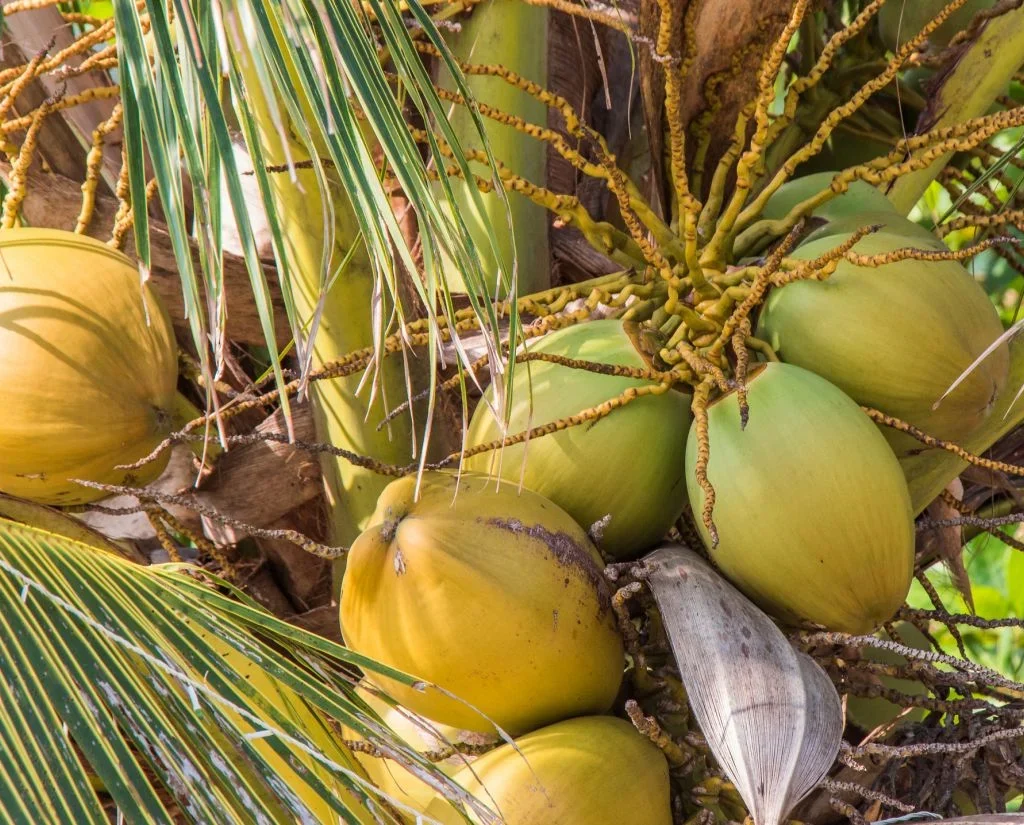
Not all coconuts can grow into trees. The ones you see in the store are often processed or dried, making them unsuitable for germination. To grow a coconut palm, you need one that is mature, fresh, and still has its husk.
Here’s what I looked for when choosing my coconut:
- Intact husk: The brown, fibrous outer layer should be unbroken.
- Heavy and full of water: Shake it close to your ear — you should hear the sloshing sound of coconut water inside.
- No cracks or mold: Any damage to the husk can allow bacteria to enter and kill the seed.
After inspecting several coconuts at the store, I finally picked one that looked perfect — firm, heavy, and full of water. That simple choice marked the beginning of this tropical adventure.
Step 2: Soaking and Preparing for Sprouting
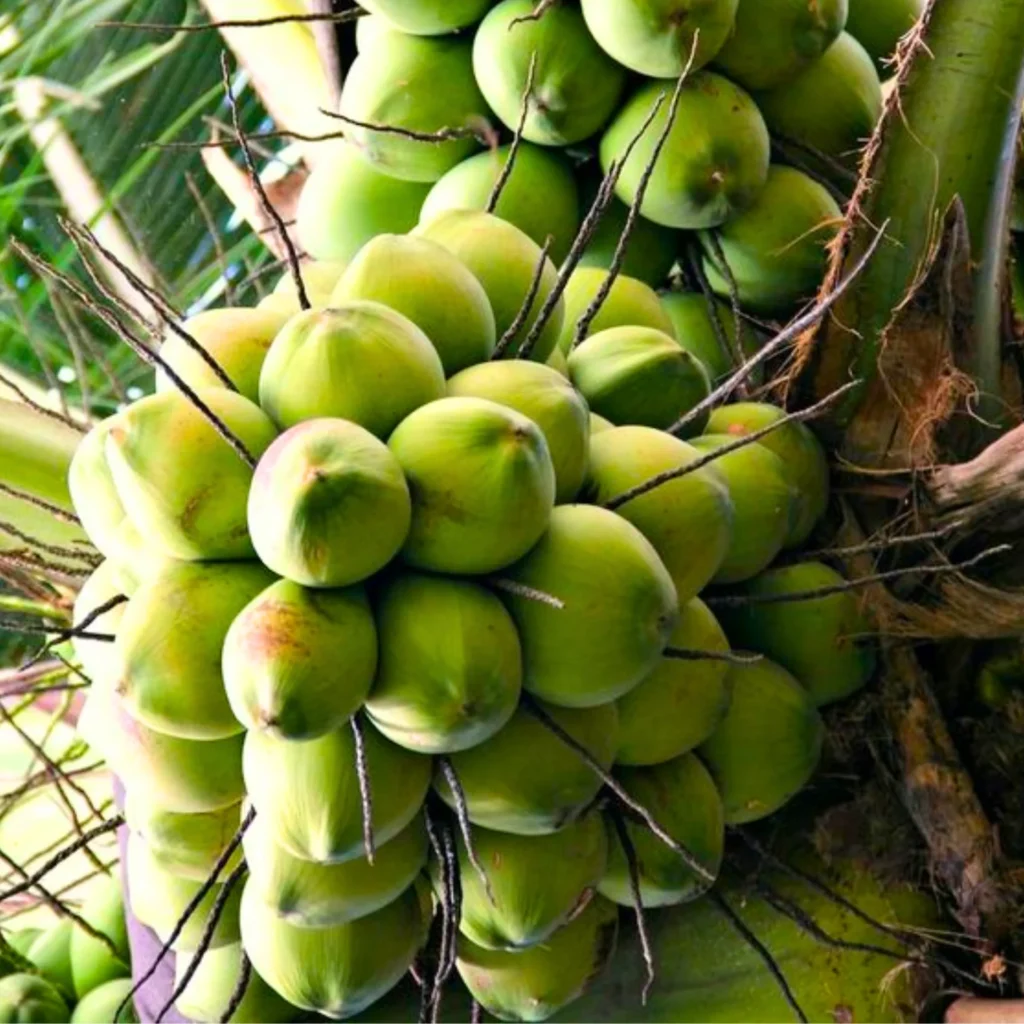
Once home, the first step was to soak the coconut in warm water for 2 to 3 days. This softens the tough outer husk and triggers the internal germination process.
Here’s what happens during soaking:
- The fibers absorb moisture, which helps the embryo inside the coconut “wake up.”
- The warmth encourages root development.
- It mimics the natural conditions of coconuts that wash ashore on tropical beaches and begin to sprout under the sun.
After soaking, I placed the coconut in a warm, humid spot — around 80°F (27°C) — to let nature do its work. Patience is key here because it can take 4 to 8 weeks for the first sprout to appear.
Step 3: The First Sign of Life
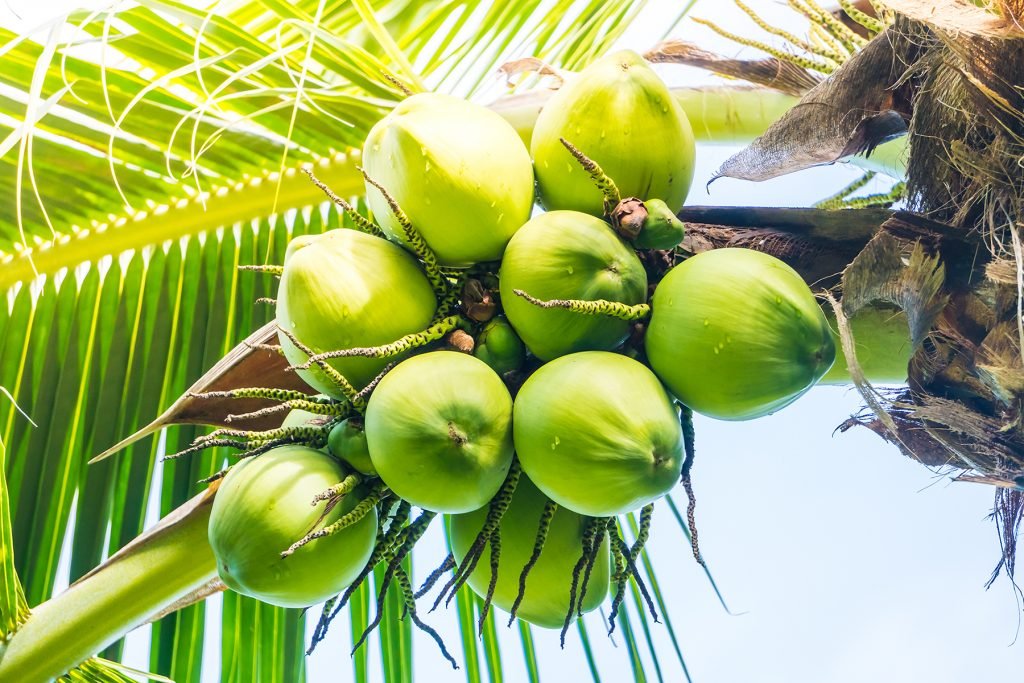
One morning, after weeks of waiting, I noticed something amazing — a small sprout was emerging from one of the coconut’s three “eyes.” That was the moment I knew it was happening.
At this stage, I made sure to:
- Keep the coconut moist but not waterlogged.
- Maintain consistent warmth and humidity.
- Protect it from direct sunlight until it developed its first leaves.
This part of the journey tested my patience the most. Some days, it seemed like nothing was happening, but slowly, a green shoot grew taller while small white roots pushed out from the husk.
It was incredible — a living tropical tree was growing from something I once grabbed off a grocery store shelf.
Step 4: Potting the Sprouted Coconut
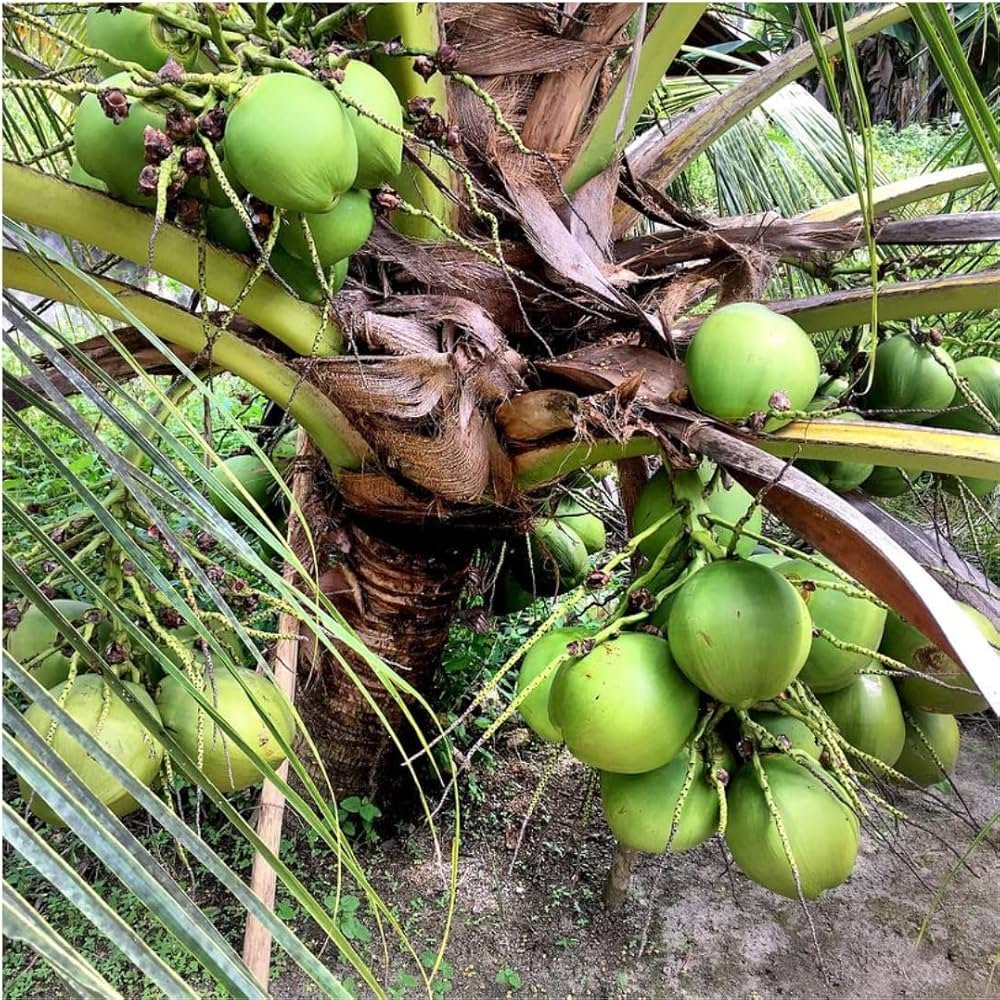
Once the roots reached about 6 inches long and the sprout had grown several inches, it was time to pot the coconut.
I chose a large container (at least 12 inches deep) with good drainage and filled it with a well-draining soil mix — a combination of sandy soil, compost, and perlite. Coconuts love loose, airy soil that doesn’t trap water.
Planting tip:
- Position the coconut half-submerged, with the sprout pointing upward.
- Leave about one-third of the coconut visible above the soil.
- Water it thoroughly but make sure the pot never stays soggy.
Within weeks, the shoot began to develop into a sturdy stem, and broad, feathery leaves began to unfold — unmistakable signs of a young coconut palm coming to life.
Step 5: Creating the Perfect Growing Environment
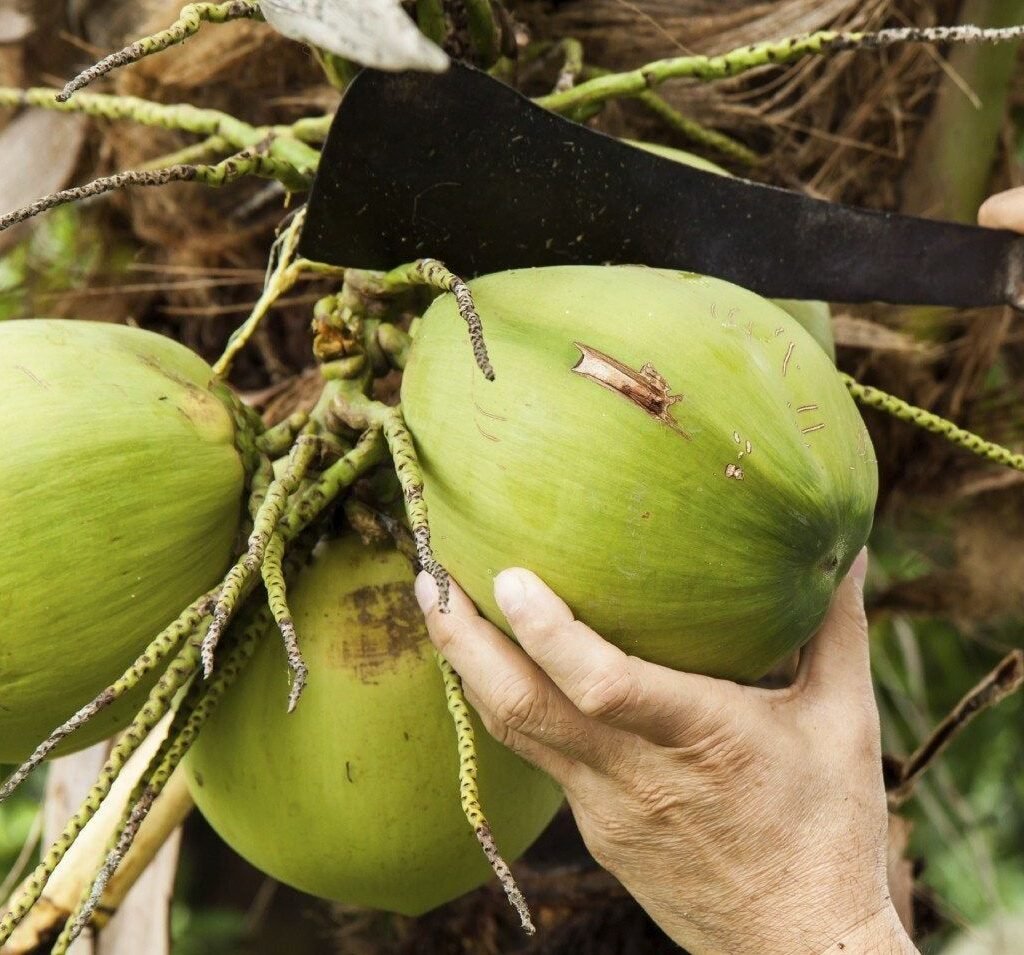
Coconut palms are tropical by nature, so I needed to recreate those conditions as closely as possible.
Here’s how I did it:
- Light: I placed the pot in a sunny location where it received at least 6 to 8 hours of bright light daily.
- Temperature: Coconuts thrive in warmth — ideally above 75°F (24°C). During cooler months, I brought the plant indoors or used a small greenhouse setup.
- Humidity: Regular misting helped maintain the humidity level, especially during dry seasons.
- Watering: I kept the soil consistently moist but avoided overwatering. Standing water can rot the roots quickly.
I also added a slow-release tropical plant fertilizer once a month to give it the nutrients it needed to grow strong.
Step 6: Watching It Grow — The Reward of Patience
Over time, the tiny sprout transformed into a beautiful young coconut palm. The first few leaves were small and pointed, but as months passed, they became broader and started developing that signature palm frond look.
Every stage of growth was exciting — from the unfolding of new leaves to the thickening of the stem. Watching it grow felt like witnessing a small piece of the tropics thriving right at home.
Coconut palms are slow growers, especially when started from seed, but the process is deeply satisfying. Each new leaf was proof that with care and consistency, even a simple grocery store coconut could become a living, growing tree.
Step 7: Challenges Along the Way
The journey wasn’t without challenges. Here are some of the biggest hurdles I faced:
- Temperature fluctuations: Coconut palms hate the cold. When the temperature dropped below 65°F (18°C), the leaves started to yellow.
- Solution: I moved the plant indoors and used a heat lamp to maintain warmth.
- Overwatering: At one point, I noticed the base of the coconut becoming soft — a sign of root rot.
- Solution: I reduced watering and improved drainage with more sand in the soil mix.
- Slow growth: Coconuts grow slowly in non-tropical environments.
- Solution: I focused on steady care — sunlight, warmth, and nutrients — rather than fast results.
These lessons taught me the importance of balance and consistency in plant care.
Step 8: Transitioning Outdoors
As the plant grew stronger, I moved it outdoors during warm months. The direct sunlight and natural airflow helped it thrive even more. The leaves became greener, and the stem toughened up.
If you live in a warm climate (USDA zones 10–12), your coconut can eventually be planted in the ground. For those in cooler areas, keeping it in a container allows you to bring it indoors during winter.
Coconut palms can grow up to 80–100 feet tall in the wild, but potted ones stay compact — around 5–10 feet — making them perfect for patios, balconies, or greenhouses.
Step 9: Enjoying the Results
Growing a coconut from the grocery store wasn’t just a gardening experiment — it became a symbol of patience and persistence. Every time I looked at that growing palm, I was reminded that great things often start from small, unexpected beginnings.
While it may take 5 to 10 years for a coconut tree to produce fruit, the joy of nurturing it from seed to palm is rewarding enough on its own.
Even if it never bears coconuts, the tropical beauty it brings is worth every effort — a constant reminder of sunny beaches, ocean breezes, and the miracle of growth.
Step 10: Tips for Anyone Wanting to Try It
If you’re inspired to grow your own coconut from a grocery store coconut, here are a few key takeaways:
- Choose the right coconut: Look for a fresh, heavy one with water inside.
- Soak before sprouting: This helps activate germination.
- Be patient: Sprouting can take up to two months.
- Provide warmth and humidity: Coconuts love tropical conditions.
- Use well-draining soil: Avoid root rot at all costs.
- Give it sunlight: 6–8 hours of light daily is ideal.
- Don’t give up: Growth may be slow, but it’s incredibly rewarding.
Conclusion: Making It Happen
When I started this journey, I didn’t know if it would work. I just had a dream — to grow a coconut tree from a simple grocery store coconut. Today, that dream stands tall, its fronds swaying gently in the breeze.
It’s proof that nature rewards patience and care. With the right conditions, a bit of curiosity, and a lot of persistence, you too can grow your own little piece of paradise — right from the produce aisle.
So next time you’re at the grocery store, take another look at that coconut. Inside, there’s not just water and flesh — there’s potential. And maybe, just maybe, your next great gardening success story waiting to sprout.
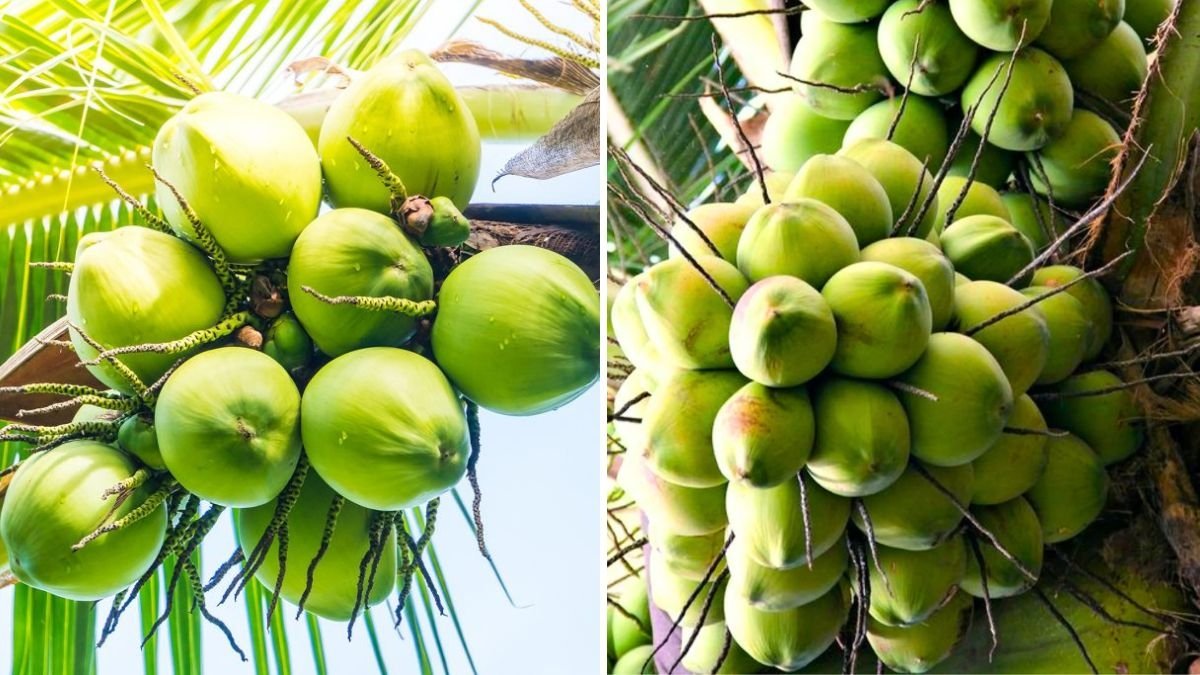





Leave A Comment